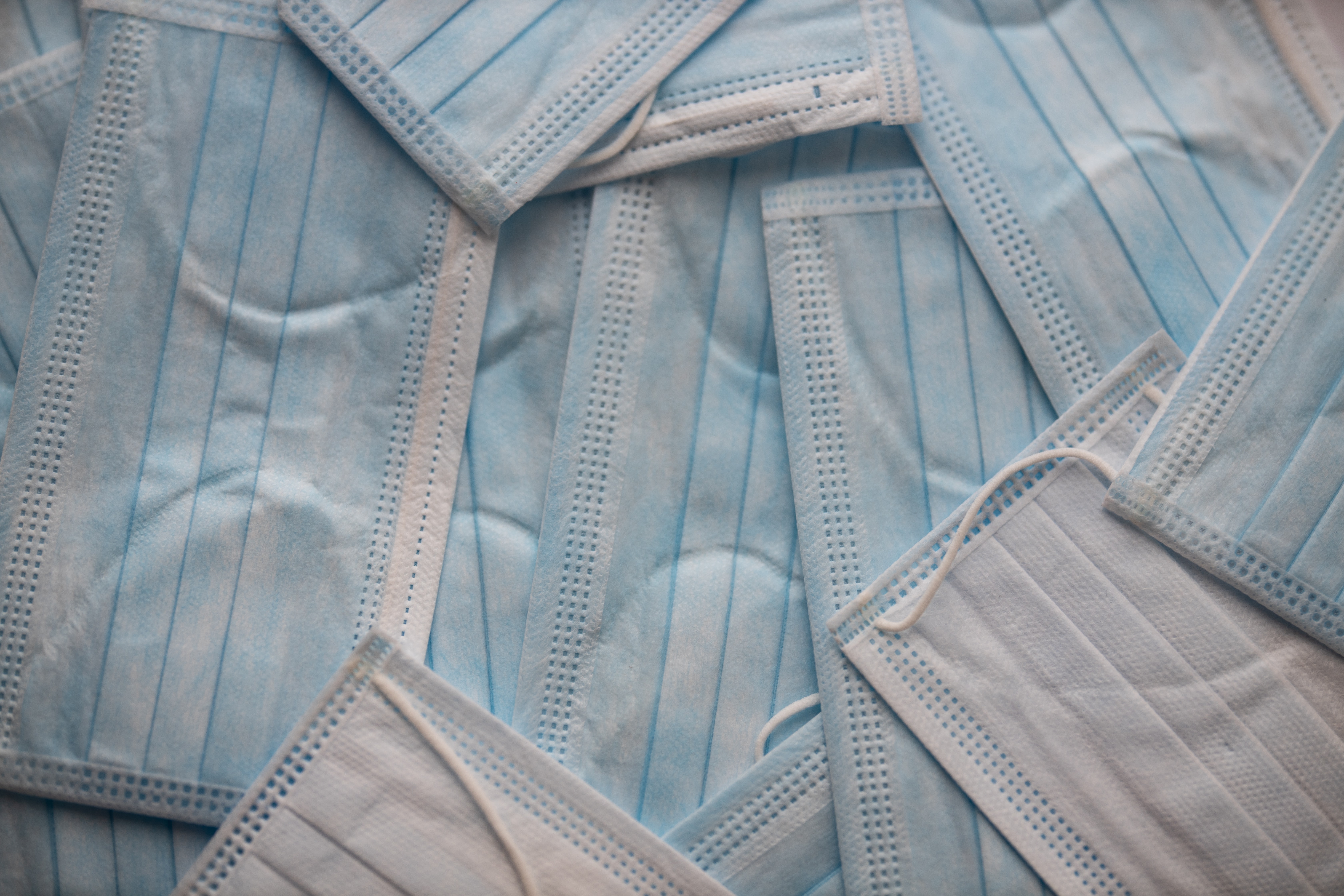In the age of the Coronavirus, wearing a face covering has become the social norm in an effort to prevent the spread of the virus in public settings. Following a study by Duke University published in early August, it has come to public attention, however, that not all masks are created equal.
The meta-analysis showed that fitted, non-valved N95 masks and disposable surgical masks were deemed most effective in curbing the spread of the virus, with cotton layered masks following close behind. Masks made of knitted fabric, bandanas, and “neck gaiters” or other polyester materials, however, were determined
to be as effective as wearing no mask at all.
These findings created a large amount of controversy as corporations, organizations, and institutions, Eastern University included, have been long distributing these ineffective face coverings as helpful alternatives in the fight against the Coronavirus.
Many organizations have begun a recall process, disallowing these face coverings as viable alternatives in public spaces. Our neighbor, Cabrini University, even went as far as to ban the use of “neck gaiters” as face coverings on campus.
Though such policies have not been put into effect on Eastern University’s campus, this controversy has created a campus-wide discussion of the safety of students sharing classrooms, housing, dining commons, and public spaces with students wearing Eastern-approved “neck gaiters”.
An easy way to determine if your mask protects yourself and others is the “candle test”, which involves attempting to blow out a flame while wearing a mask. If you are able to do so, your mask is probably not protecting you or the people around you.
For students living on campus, unable to light a candle according to dorm safety policies, ask a family member or friend with a comparable mask to run the “candle test” and report the effectiveness to you. Alternatively, avoid masks which do not fit your face, or are made of polyester or knit materials.
As we learn more about the virus, it is vital that we continually adjust to fresh findings with humility and willing flexibility, instead of continuing flawed practices to avoid embarrassment.

